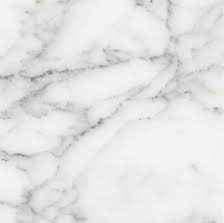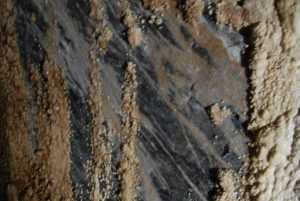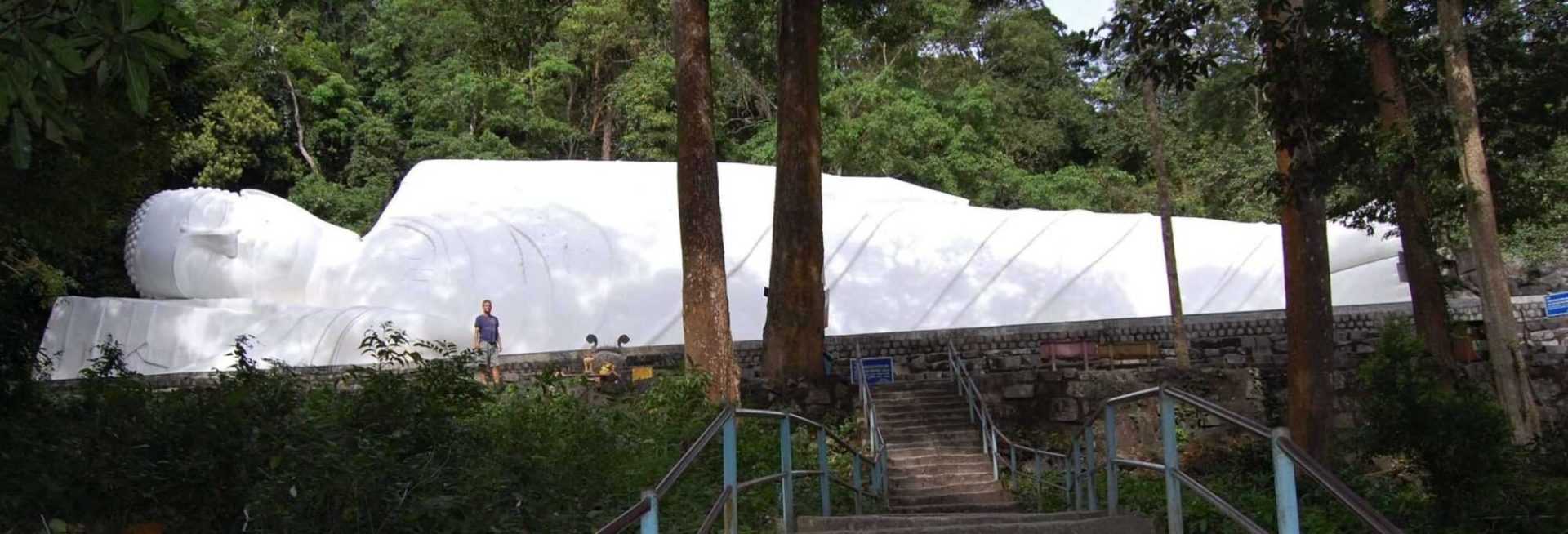Throughout history the use of a stone Buddha statue has been very popular. Indeed, the popularity of stone Buddhas continued to prevail even after the beginning of the bronze age of sculpture in around 2300 BCE. Therefore, sculptors of the world continued to prefer stone over bronze for many, many years continuing into present times.
Furthermore, the Greeks and Roman civilizations primarily used marble stone for sculpture. Although it is unlikely to find a stone Buddha statue in an Italian or Greek museum, there are many stone Buddha statues located throughout Asia.
The Benefits of Using Stone for Sculpture
The most popular stone used for sculpture is marble. Although it is possible to create sculptures out of alternate stone substances such as jadeite jade, granite and limestone. However, jadeite jade Buddha statues are very expensive because jadeite jade is gemstone quality base material, similar to a diamond. As a result, smaller items with a more sensible price tag such as a jadeite jade pendant are very popular, especially in East Asia.
Marble is essentially limestone or dolomite that has been recrystallized by the metamorphic processes of the earth. As a result, marble is softer than granite which makes it much easier to work with. Additionally, the geologic composition of marble permits light to penetrate the exterior. Therefore, marble has a translucent quality similar to human skin. Thus, marble is an ideal material for a stone Buddha statue because the Buddha was in fact human.

Furthermore, marble Buddha statues are sometimes highlighted with gold leaf. Using gold leaf or similar materials adds human qualities to the stone Buddha statue.
Different Shades of Marble
Geological processes shape the composition of marble stone which creates different varieties of marble. The composition will determine the quality of the marble with white marble considered to be the most valuable variation. This is because white marble has less impurities which create the streaks, swirls or veins. Additionally, the white texture increases the permeability of light which amplifies the translucent nature of the stone Buddha statues.

The veins and swirls imbued in many variations of white marble are composed of impurities such as iron ore, clay, silt, sand and oxides. Therefore, different locations produce different variations because the geological metamorphic processes of the earth are never exactly the same!
Indeed, the variations can be quite profound especially when you see marble in the rawest form. The photo below is taken inside a cave that contains a marble deposit.

Weaknesses of a Marble Stone Buddha Statue
Unfortunately, marble is not perfect and it does have a few weaknesses. As a result, the calcium carbonate which is the base mineral element in limestone and also marble can dissolve relatively easily. Therefore, a marble stone Buddha statue is not ideal for unprotected outdoor placement, especially if the area is prone to acid rain.
Moreover, the permeability of marble which gives it the translucent hue can also absorb skin oils. Therefore, it does not take handling well and the result can be discoloration of the beautiful white marble.

